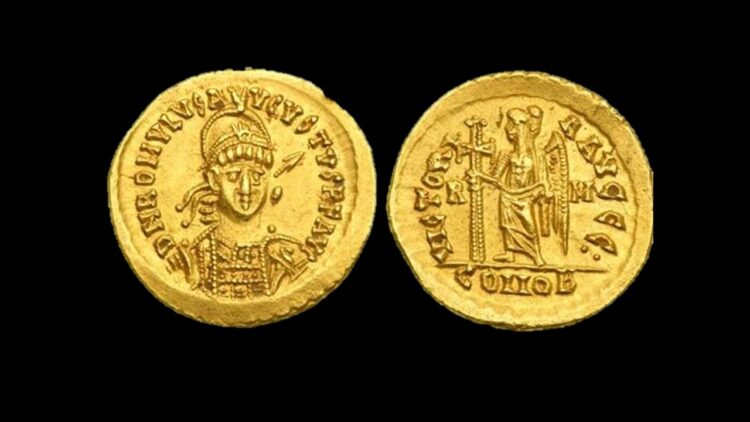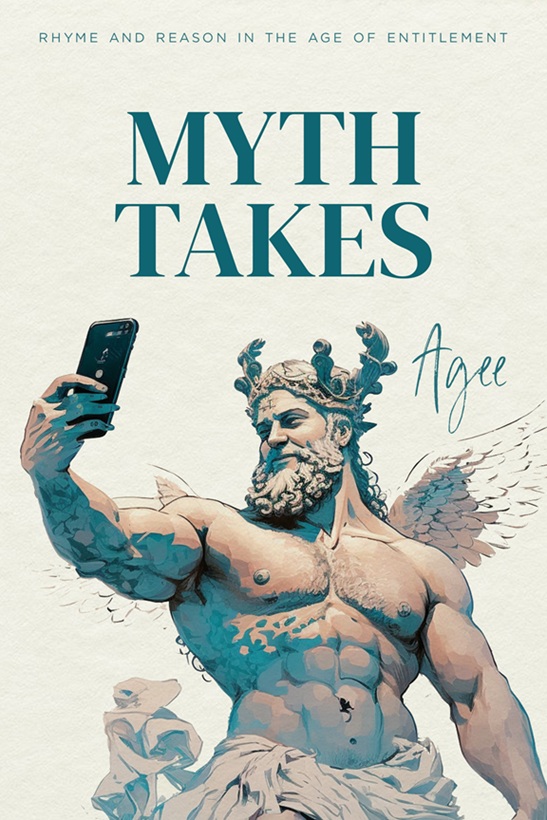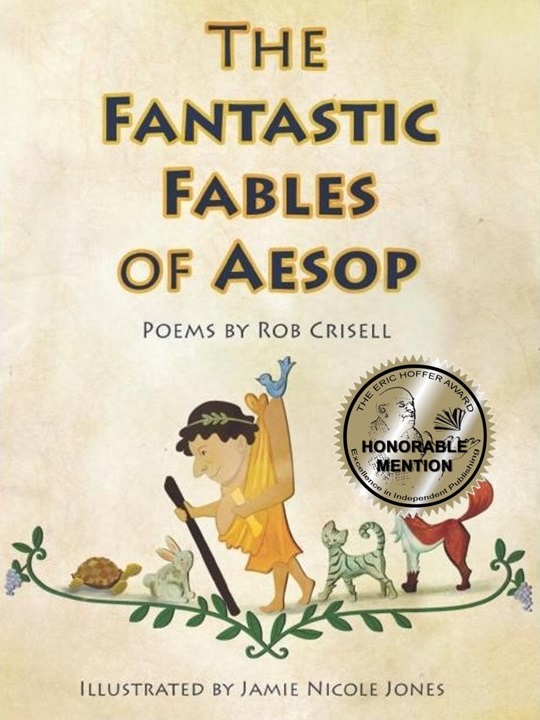The Last Caesar
—Ravenna, 476 AD
The figure on this golden solidus:
a beardless boy, his dress a bossed cuirass,
helmet adorned with Rome’s imperial crown,
Augustulus, Orestes’ handsome son.
The annals say: Rome weakens year by year,
Byzant holds strong; Hesperia quakes in fear.
Attila’s soldiers start to infiltrate
the Senate’s armies. Soon they penetrate
the topmost ranks. Orestes grabs command,
pesters the Senate to give cash and land
so alien troops might settle down in ease.
The treasury lacks the lucre to appease
barbarians primed to burn and hack and hew;
these thugs are many, citizens too few.
Orestes takes Ravenna’s palace, drapes
the purple cloak around his son who apes
with extroverted glee imperial pomp,
delighting in a whirl of ceaseless romp.
Within a year a bold barbarian,
Odoacer from the Scyrri clan,
murders Orestes, storms Ravenna’s gate.
The giddy teen is forced to abdicate.
That German must have gazed at him in awe:
exquisite face, lithe body without flaw.
Such brutal warriors typically behead
all rivals, without quarter. He instead
delays. How splendid if this youth could be
his private plaything, soused in revelry.
But fierce tribes practiced stoic discipline.
No time for larks; their focus was to win.
Odoacer forced the Senate to reject
Augustulus, and further to accept
Constantinople’s Zeno as the sole
potentate. Hence his consequential role,
ordained to topple power in the West—
this edict more explicit than the rest.
The feckless boy retired to Naples Bay,
a villa where divertissements held sway.
A life all annalists would overlook,
except his name is listed in the book
of Western emperors. He was the last
so diademed; Rome’s fatal die was cast.
Mary Jane Myers resides in Springfield, Illinois. She is a retired JD/CPA tax specialist. Her debut short story collection Curious Affairs was published by Paul Dry Books in 2018.














